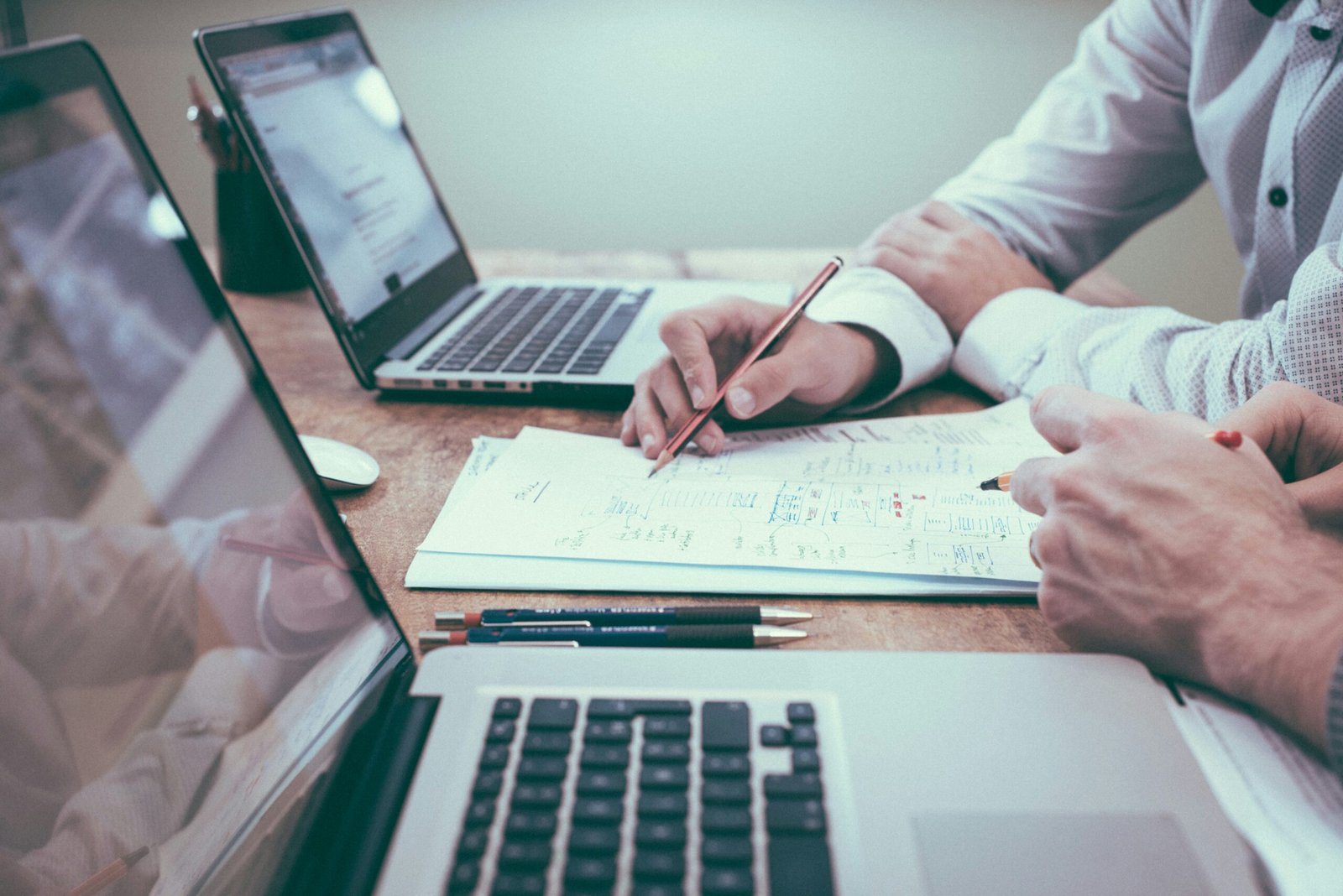The world as we knew it underwent a seismic shift in the wake of the COVID-19 pandemic. Our once familiar routines and practices were replaced by a new reality that emphasized health, safety, and adaptability. In this transformed landscape, the significance of robust physical security measures has taken on an entirely new dimension. Organizations and individuals alike are now challenged to reassess their security strategies and embrace innovative approaches that not only address traditional threats but also safeguard against future health crises.
The New Security Landscape: Adapting to Unprecedented Challenges
The outbreak of the pandemic exposed vulnerabilities in our security infrastructure that were previously unimaginable. While traditional security measures were effective against traditional threats, they were ill-equipped to handle the complexities of a global health crisis. Lockdowns, remote work, and social distancing measures disrupted the conventional way of managing security, necessitating a paradigm shift.
Navigating the Article Ahead
In this article, we embark on a comprehensive exploration of the strategies and methodologies required to fortify physical security in a post-pandemic world. From reimagining access control systems to leveraging remote monitoring technologies, we delve into the multifaceted aspects of security that demand our attention. We will analyze real-world case studies, dissect the implications of the changing security landscape, and provide actionable insights for individuals and organizations aiming to navigate this new terrain.
Background and Context
In the aftermath of the global COVID-19 pandemic, the landscape of physical security has undergone a profound transformation. As nations grappled with lockdowns, social distancing, and remote work, the importance of reimagining security measures became undeniable. This shift has brought to light the need to address not only traditional security threats but also vulnerabilities exposed by health crises. To fully appreciate the significance of fortifying physical security in a post-pandemic world, it’s crucial to examine the context that led to this pivotal moment.
A Historical Perspective: Evolution of Physical Security
Historically, physical security was primarily concerned with safeguarding assets, data, and personnel against theft, vandalism, and unauthorized access. Traditional measures such as surveillance cameras, access control systems, and security personnel were designed to thwart these conventional threats. However, the emergence of the COVID-19 pandemic presented an unprecedented challenge that necessitated a reevaluation of these approaches.
The Paradigm Shift: From Perimeter Defense to Resilience
The pandemic exposed the limitations of relying solely on traditional security frameworks. Physical security protocols that were once considered comprehensive suddenly struggled to address the nuanced complexities of a global health crisis. Lockdowns and remote work disrupted the efficacy of access control systems reliant on physical proximity, while the potential for virus transmission raised concerns about shared touchpoints and communal spaces.
Simultaneously, the pandemic demonstrated the interplay between physical and digital security. As remote work surged, the risk of cyberattacks targeting critical infrastructure and sensitive data intensified. This convergence illuminated the need for integrated security strategies that not only respond to immediate health concerns but also protect against evolving cyber threats.
Adaptation as a Prerequisite: Lessons from the Crisis
In the wake of these revelations, organizations were compelled to pivot rapidly. The crisis underscored the importance of adaptability and agility in security planning. Those that successfully adapted their security measures to address both health safety and traditional security concerns demonstrated the effectiveness of a dynamic approach.
Building Resilience: From Reaction to Preparedness
The pandemic’s impact on physical security has ignited a shift in mindset—from a reactive approach to a proactive one. Building resilience now stands at the forefront of security strategies. It’s not merely about responding to crises as they arise; it’s about fortifying our defenses to anticipate and prevent potential disruptions. Resilience, in the context of physical security, entails a harmonious blend of technology, strategy, and preparedness.
The Anatomy of Resilience: A Multi-Faceted Approach
Resilience encompasses more than simply bouncing back from challenges—it’s about creating a security framework that can withstand and adapt to unexpected events. Such a framework integrates various components, including:
- Scenario Planning: Identifying potential scenarios and creating strategies to address them. This approach allows organizations to navigate crises more effectively.
- Technology Integration: Leveraging technology to enhance security measures, automate processes, and facilitate real-time monitoring and response.
- Cross-Functional Collaboration: Breaking down silos and fostering collaboration among various departments to create a unified and comprehensive security strategy.
- Education and Training: Ensuring that employees are equipped with the knowledge and skills to respond to security threats and health-related challenges.
- Continuous Evaluation: Regularly assessing security measures, adapting to changing circumstances, and refining strategies based on lessons learned.
Preparedness as a Culture, Not a Reaction
The pandemic underscored that preparedness is not an afterthought—it’s a cultural imperative. Organizations that embrace a culture of preparedness cultivate an environment where security is woven into the fabric of daily operations. They recognize that the ability to respond swiftly and effectively is rooted in proactive planning, strategic investment, and ongoing education.
The Role of Technology in Resilience
Technology plays a pivotal role in building resilience in the realm of physical security. From AI-powered surveillance systems that can detect anomalies to cloud-based access control solutions that enable remote management, technology offers tools to enhance security measures and respond rapidly to emerging threats. The integration of technology with traditional security practices forms a symbiotic relationship that empowers organizations to be nimble and adaptive.
Case in Point: Navigating Health and Security in Concert
Consider the example of a large corporate campus that successfully managed health and security during the pandemic. By incorporating thermal imaging cameras at entrances, they screened employees for elevated body temperatures while simultaneously ensuring access control compliance. The integration of technology enabled real-time monitoring and automated alerts, allowing security personnel to focus on high-priority tasks. This case demonstrates the potential of combining technology with a proactive mindset to create a resilient security ecosystem.
Elevating Hygiene and Health Safety Protocols
As organizations gradually reopen their doors, the integration of hygiene and health safety protocols into security strategies has become paramount. Temperature screening, mask detection, and occupancy management have become integral components of security infrastructure. Surveillance systems equipped with AI capabilities can monitor compliance with health guidelines and identify potential risks. By combining security and health safeguards, organizations create a comprehensive protective environment.
The Nexus of Health Safety and Security
In a world reshaped by the pandemic, the boundaries between health safety and security have blurred. What was once perceived as distinct realms—healthcare and physical security—now converge as organizations strive to safeguard both employees and assets. This convergence is evident in the incorporation of health safety protocols into security measures, creating a cohesive and holistic approach.
Temperature Screening: Early Detection of Health Risks
Temperature screening technology has emerged as a frontline defense against potential health risks. Thermal cameras and temperature-sensing devices enable organizations to identify individuals with elevated body temperatures—often a preliminary symptom of illness. This proactive approach not only reduces the risk of disease transmission but also underscores an organization’s commitment to the health and well-being of its workforce.
Mask Detection and Compliance Monitoring
In the age of the pandemic, mask-wearing has become a critical health safety measure. Surveillance systems equipped with AI algorithms can detect individuals who are not wearing masks and issue alerts in real-time. This technology ensures compliance with health guidelines and reinforces a culture of responsible behavior within physical spaces. By integrating mask detection into security infrastructure, organizations foster an environment that prioritizes both health and security.
Occupancy Management: Ensuring Social Distancing
Maintaining appropriate social distancing within physical spaces is a fundamental health safety measure. Organizations can utilize occupancy management solutions to monitor the number of individuals present in a given area. When occupancy thresholds are exceeded, alerts can be triggered, prompting corrective actions. This technology not only enhances health safety but also contributes to security by preventing overcrowding and ensuring a controlled environment.
The Rise of Remote Monitoring and Gallantry: Embracing Future-Ready Security
The pandemic accelerated the adoption of remote monitoring and response strategies. The ability to manage security operations remotely has proven invaluable in maintaining security continuity during lockdowns and limited staffing. Real-time monitoring, remote access control, and AI-driven threat detection have all played a role in ensuring the security of physical spaces from a distance. This shift towards remote capabilities has opened new avenues for proactive security management.
Remote Monitoring: Pioneering Security from Afar
As organizations navigated unprecedented disruptions, remote monitoring emerged as a critical solution. The power to oversee security operations and respond to threats in real-time from a remote location proved essential. Remote monitoring technology leverages a combination of surveillance cameras, sensors, and AI analytics to provide a comprehensive view of physical spaces. This technology not only enables swift responses to security incidents but also contributes to ongoing situational awareness.
AI-Driven Threat Detection: Predictive Insights
AI-driven threat detection represents the next frontier in remote security management. Advanced algorithms analyze data from various sources to identify potential threats and anomalies. Suspicious activities can be flagged for immediate attention, allowing security personnel to proactively address emerging risks. This technology, combined with remote monitoring, creates a proactive security posture that anticipates challenges and adapts to evolving scenarios.
Gallantry: Leading the Charge in Future-Ready Security Solutions
In this landscape of uncertainty, Gallantry stands out as a beacon of resilience and expertise in physical security solutions. With a wealth of experience and a proven track record, Gallantry offers comprehensive solutions that transcend traditional security measures. The challenges of the pandemic underscore the need for adaptable and forward-looking strategies, and Gallantry has risen to meet this demand.
Why Gallantry?
- Adaptability: Gallantry understands that security is not a one-size-fits-all endeavor. Its solutions are tailored to the unique needs of each client, ensuring that security measures are aligned with organizational goals and challenges.
- Innovation: In an era defined by change, Gallantry remains at the forefront of security innovation. From touchless access solutions to AI-powered threat detection, Gallantry embraces cutting-edge technology to create secure and safe environments.
- Experience: With a team of seasoned experts, Gallantry possesses the knowledge and experience to navigate the complexities of the modern security landscape. The company’s commitment to continuous learning and improvement ensures that clients receive the highest standard of service.
Conclusion: The Future of Security is Gallantry
As we reflect on the transformative impact of the pandemic on physical security, the emergence of Gallantry as a solution provider is both timely and essential. In a world where security challenges are ever-evolving, Gallantry’s commitment to adaptability, innovation, and experience positions it as the optimal choice for organizations seeking to fortify their security measures. The lessons learned from the pandemic remind us that the path forward requires resilience, preparation, and visionary solutions. Gallantry embodies these qualities, offering a secure and confident journey into the future.
For more information about Gallantry’s expertise in physical security, visit Gallantry’s website or contact us at Connect@gallantryglobal.com. You can also reach our 24/7 operations phone number at 757-737-7647.







